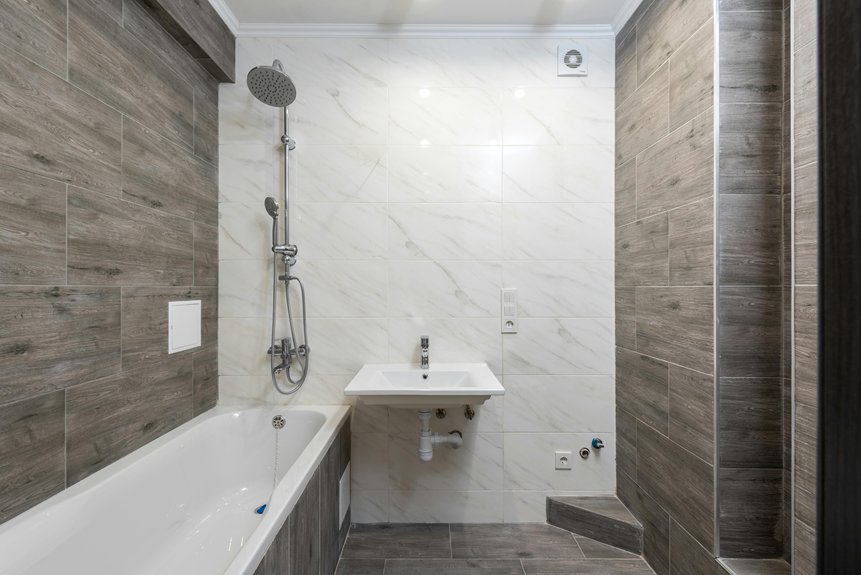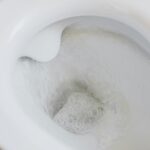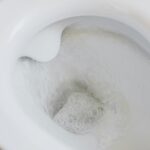If you’ve ever faced a slow sink drain, you know how frustrating it can be. Luckily, there are quick and effective solutions that can clear things up without calling a plumber. From simple kitchen staples to handy tools, you can tackle this common issue with ease. Curious about the best methods to get your sink flowing smoothly again? Let’s explore some practical fixes that can save you time and hassle.
Identify the Cause of the Clog
Before you tackle a slow sink drain, it’s essential to identify the cause of the clog. Start by checking for visible debris like hair, food particles, or soap buildup in the drain. You might need to remove the sink stopper to get a better look.
If you don’t see anything obvious, consider the pipes beneath the sink—look for leaks or any signs of corrosion, as these can indicate larger issues.
Don’t forget to inspect the P-trap, the curved pipe under the sink, which often collects debris.
If you’re still unsure, think about how you use the sink: are you pouring grease or coffee grounds down there? Identifying the source will save you time and effort in fixing the problem effectively.
Boiling Water Method
Once you’ve pinpointed the potential causes behind your slow sink drain, the boiling water method is a simple and effective solution to try first.
Start by heating a kettle or pot of water until it reaches a rolling boil. Carefully pour the boiling water directly down the drain in a steady stream. This high temperature can help dissolve grease, soap scum, and other debris that may be causing the blockage.
Wait a few moments, then run hot tap water to flush out any remaining residue. If your drain still runs slowly, you might need to repeat the process.
It’s an easy fix that often clears minor clogs without the need for harsh chemicals or extensive tools.
Baking Soda and Vinegar Solution
A popular and effective method for clearing a slow sink drain involves using a baking soda and vinegar solution.
Start by pouring about half a cup of baking soda directly into the drain. Let it sit for a few minutes to penetrate any buildup.
Next, follow it up with half a cup of vinegar. You’ll notice fizzing as the two react, which helps break down grime and clogs.
Cover the drain with a stopper or cloth to keep the reaction concentrated. After about 15 minutes, flush the drain with hot water to wash away any debris.
This method isn’t only eco-friendly but also inexpensive, making it a go-to solution for many homeowners facing slow drains.
Plumber’s Snake Technique
If the baking soda and vinegar method doesn’t fully clear your slow drain, the plumber’s snake technique can provide a more thorough solution.
This handy tool, also known as a drain snake, allows you to reach deeper clogs that other methods can’t tackle.
Start by inserting the snake into the drain opening. As you push it in, rotate the handle clockwise to help it navigate through bends and curves.
When you hit a blockage, keep turning and gently pull back to break it up. Once you feel the snake’s gone past the obstruction, pull it out slowly.
Rinse the drain with hot water to flush away any remaining debris. This technique is straightforward and effective for restoring your sink’s flow.
Wet/Dry Vacuum Approach
Using a wet/dry vacuum can be an effective way to tackle a slow sink drain.
First, make sure the vacuum is set to liquid mode, and then create a tight seal around the sink’s drain with the hose. You might need to use a towel or duct tape to secure it for better suction.
Turn on the vacuum and let it run for a few minutes. This method can pull out hair, food particles, and other debris causing the blockage.
If the drain clears, you’ll notice improved water flow. Always remember to empty the vacuum container afterward to prevent any mess.
This quick fix can save you time and effort compared to other methods.
Dish Soap and Hot Water Trick
After tackling a slow sink drain with a wet/dry vacuum, another quick and effective method you can try is the dish soap and hot water trick.
Start by boiling about a kettle of water. While that’s heating up, pour a generous amount of dish soap down the drain. The soap breaks down grease and debris clogging your pipes.
Once the water’s boiling, carefully pour it down the drain, allowing it to mix with the soap. Give it a few minutes to work its magic, then flush with cool water.
This simple technique often clears clogs caused by grease and food buildup, restoring your sink’s flow. Give it a shot; it’s an easy fix that can save you time and frustration!
Cleaning the P-Trap
While it might seem daunting, cleaning the P-trap is a straightforward task that can significantly improve your sink’s drainage.
First, gather your tools: a bucket, an adjustable wrench, and a scrub brush. Place the bucket under the sink to catch any water.
Use the wrench to loosen the slip nuts on either side of the P-trap, then carefully remove it. You’ll likely find debris like hair and food particles inside.
Clean the P-trap with hot, soapy water and a scrub brush to remove any buildup. Rinse it thoroughly before reattaching it to the sink.
Tighten the slip nuts securely, and run water to check for leaks. With this simple maintenance, your sink should drain much more efficiently!
Enzyme Drain Cleaners
Enzyme drain cleaners offer a natural and effective solution for tackling slow sink drains.
These cleaners use enzymes and bacteria to break down organic matter, like food particles and grease, without harsh chemicals.
To use them, simply pour the recommended amount down your drain and let it sit for a few hours or overnight.
The enzymes will work their magic, digesting the buildup that’s causing the clog.
You’ll appreciate that this method isn’t only safe for your plumbing but also eco-friendly.
Regular use can keep your drains flowing smoothly and minimize the risk of future clogs.
Preventative Measures for Future Clogs
To keep your sink drains flowing freely, adopting some preventative measures can make a significant difference.
First, use a drain strainer to catch food particles, hair, and debris before they go down the drain. Regularly clean these strainers to ensure they work effectively.
Second, avoid pouring grease or oil down the sink; instead, let it cool and dispose of it in the trash.
You should also run hot water through the drain after each use to help flush away any buildup.
Lastly, consider monthly maintenance with baking soda and vinegar to naturally break down potential clogs.
Conclusion
Now that you’ve got a few quick fixes for that slow sink drain, you can tackle the issue with confidence. Whether it’s boiling water, a baking soda and vinegar mix, or a plumber’s snake, these methods can save you time and money. Don’t forget to implement preventative measures to keep your drains flowing smoothly in the future. With a little effort, you can ensure your sink stays clear and functional for years to come!


